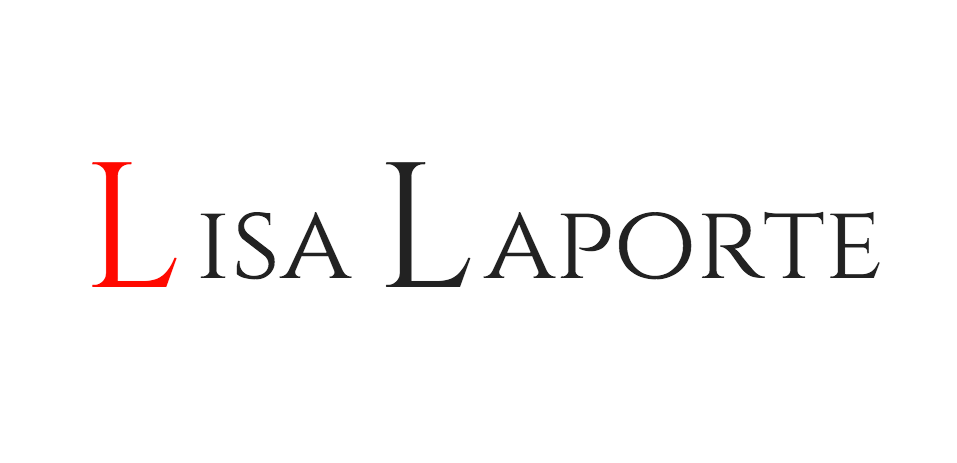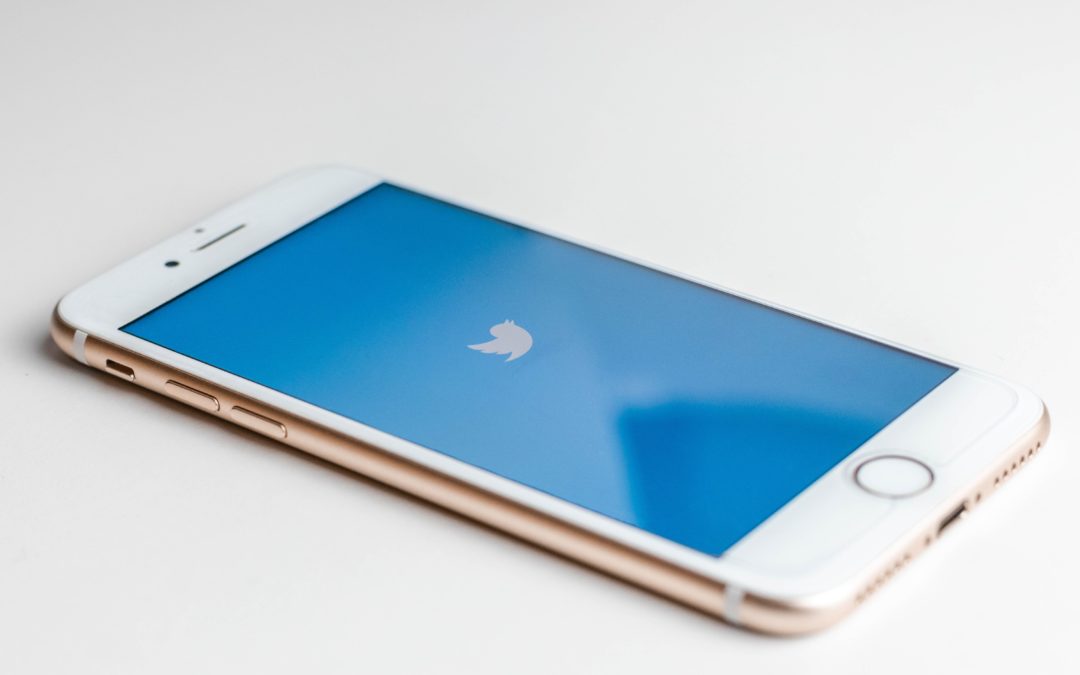As most people know, social media is great for business, but some types of social media are better than others. Of course, it all depends on what you are trying to achieve.
Here we are going to compare Twitter and LinkedIn, two platforms that are known for giving boosts to small businesses. By comparing them side-by-side, you should be able to see which one is right for you:
Twitter In Depth
Twitter is a platform used to find topics you’re interested in and people that you would like to follow. One distinction of Twitter is the fact that each tweet, which is a Twitter post, consists of only 140 characters. Another interesting feature is the hashtag, which can be used to help users follow trends and topics that they care about.
Here are the pros of using Twitter for business:
- The platform allows you to show your real personality outside of business.
- You can offer free samples to the public, initiate giveaways, hold contests, and direct potential customers to your website.
- You can easily initiate contact.
- You can contact anyone
- You can get immediate feedback.
- You are allowed to be funny and laid back.
- The platform has recently upgraded infrastructure, allowing it to handle more traffic.
Here are some cons of using Twitter for business:
- It is hard to see all the content that is posted on Twitter because of how fast tweets roll in and how many different people you follow. Conversely it’ll be equally difficult for your audience to see your tweets among all the accounts that they follow.
- It could be difficult to condense your entire message to a 140-character limit space.
- The platform does not have analytics in place to measure the effectiveness of your tweets to prospective customers.
LinkedIn In Depth
LinkedIn was built originally as a database used for networking professionally. Nowadays, it is the business world’s Facebook. It is a social network specifically used for business connections.
Here are some pros for using LinkedIn for business:
- The platform has a contact database that is easily accessible.
- You have group discussions, status updates, and internal messaging that make it easy to find previous posts.
- The platform provides you with a plethora of information for white-collar professionals and entrepreneurs.
- You can learn a lot about the professional background of individuals and companies.
- You can be professional and all interactions. You don’t have to worry about posting photos of your lunch and discussing the latest memes.
- You have more space to expand your messages and posts.
- The platform can replace the need for a personal website because it could show off your niche expertise to all seeking your specific talents.
Here are some cons for using LinkedIn for business:
- The platform was originally used for employment purposes and tends to attract people from similar backgrounds rather than potential customers of your particular business.
- It is difficult to know who knows who these days on the platform since many people tend to accept any invitation.
- It is difficult to share content.
- Not all professionals are active every day, so it could take months to form connections that are meaningful.
The Obvious Difference in Tone
The obvious difference between Twitter and LinkedIn is their tones. Going to Twitter is like going to a party. You’re at the event, you’re having fun, and you may be thinking about business, and you may even discuss it sometimes, but you are there mostly to socialize. You feel comfortable talking to everyone, and they all feel comfortable talking to you.
At LinkedIn, it is more like a business meeting. You are there strictly as a business person dressed in your best suit. Men in ties, and ladies in heels. When you login to LinkedIn you should treat it as though you are doing a presentation in front of the board. It is more similar to a workplace function. You should always be on your toes.
In conclusion, both Twitter and Linkedin have their advantages and disadvantages when it comes to business. You just have to be proactive about who you are communicating and connecting with, and you need to know which approach works best for your particular company.
Photo by Sara Kurfeß on Unsplash.


